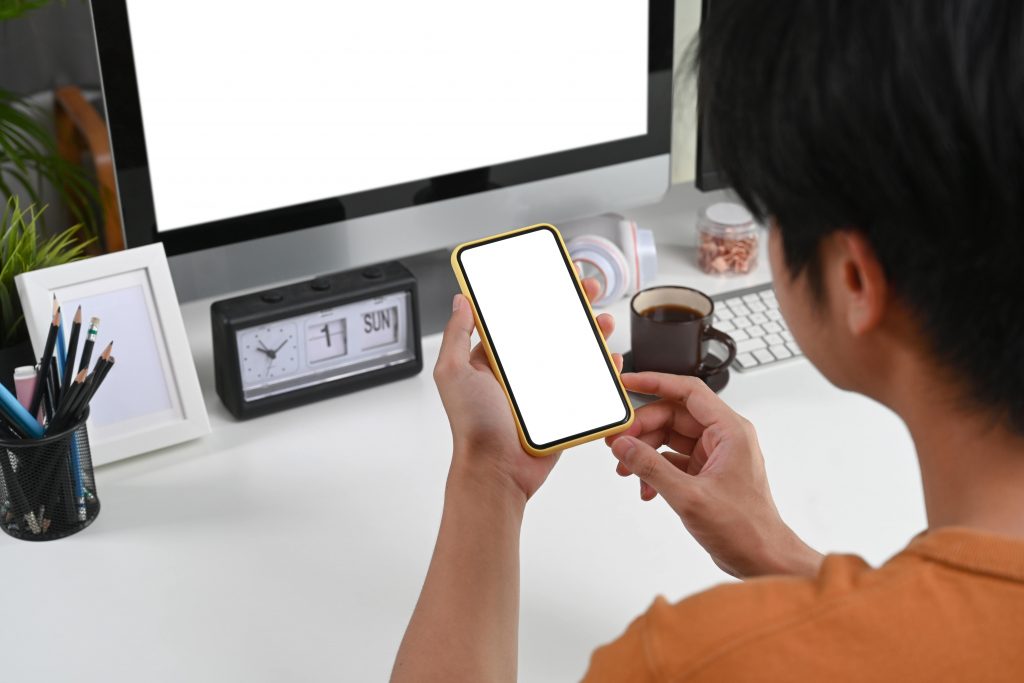
We live in a world of connected devices and these connected devices are set to change our world drastically. The certain integration of ‘Internet of Things’ (IoT) in our everyday lives is widely spoken about and yet, we are still to completely understand just how valuable this phenomenon will be to our future economy and the immense influence it will have on our day-to-day lives as well as the way we will conduct business. As the McKinsey Global Institute, June 2015 IoT study states “IoT is one of those rare technology trends where the hype may actually understate the full potential.”
The ‘Internet of Things’ is an ever growing universe in itself, where ‘things’ include all connected devices, applications, machinery, sensors, etc. As these devices get smarter, the possible applications & capabilities within IoT grow manifold, making it a ‘trend’ your business cannot afford to ignore.
Take for instance Santander, one of the many upcoming smart cities that has leveraged the power of IoT to reconstruct a smart lifestyle for its inhabitants. Packed with high-tech sensors and devices, Santander provides its citizens with a real-time account of various everyday aspects ranging from parking availability, product stocks in a shop, and updates on constructions to even pollen count.
There are many more such examples surrounding us. Consider the sensors in car engines that can track speed, braking, engine conditions and other factors to automate drive settings and provide clarity to insurance companies. Or how IoT application in supply chain management lets you track not just the current location of cargo but also its environmental factors like humidity, temperature and pressure for sensitive cargo like pharmaceuticals. What about Heineken’s recent marketing jig, where they used LED lights and a microprocessor, an accelerometer, gyroscope and a wireless transmitter with an antenna to create connected bottles of beer that lit up to the rhythm of the music during a dance party. Small as this application is, it is a great example of how IoT can actually be integrated into every aspect of your business.
Let’s take the retail sector for example: Sensors in retail aisles can pull in data about how long a customer spends in each aisle, the products that he picks off the rows and the factors he considers when making a decision. Devices connected to refrigerators can map exactly what items are there in the customer’s refrigerator and which need to be replenished giving the manufacturers and retailers an opportunity to market their products at the golden moment. Monitors in the cereal section and actually remind the customer he is running out of cereal in his kitchen cupboard. IoT can link customer shopping lists with retailers’ warehouse logs so the required products are sure to be in stock when the customer arrives. And these are just a few of the examples of what IoT can achieve in the retail sector.
From predictive diagnosis in the field of medicine to smart customer mapping to aid insurance, banking and other service sectors. From smarter marketing to improved employee management. From zero downtime in IT to 100% passenger safety in transportation. Name a sector and IoT will make a difference. And we will still have only scratched the surface of what IoT can make possible.
While the possibilities are endless, Gartner 2016 survey shows that less than a third of the responding organisations use IoT in any form. However, the good news being that the same report predicts around 43% are planning to implement IoT by the end of 2016. While far from universal acceptance, the growth in adoption rate is a testimony to increased understanding of the technology and its applications to individual business growth. As 2013 survey by the American Society for Quality (ASQ) revealed, in those organisations that did develop an Internet of Things strategy and implemented sensors, 82 percent experienced increased efficiency, 49 percent noticed fewer product defects and 45 percent experienced higher customer satisfaction.
So while data speaks highly in favour of IoT, many companies are still to move towards IoT probably because of understanding, cost, inertia, and lack of access to thorough analytics. McKinsey’s June 2015 IoT report found that less than one percent of IoT data is currently used; and
those uses tend to be straightforward things like alarm activation or real-time controls rather than advanced analytics that can help optimise business processes or make predictions. The key driver of value for IoT rests on thorough analytics of data that is received from the devices and sensors. Organisations need a strong partner like IrisLogic, that can read into BIG Data, reap insights, get proactive in predicting future performance, derive patterns and prescribe solutions that can aid business growth.


